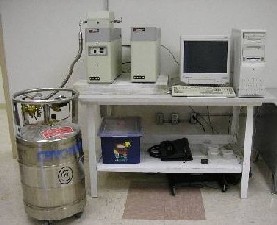ChemTech Innovators R&D Center
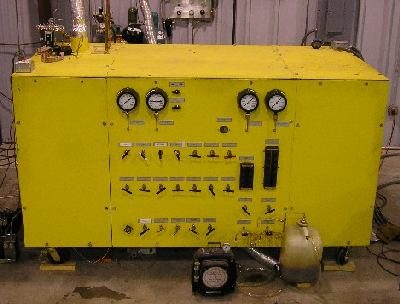
Supercritical Noncatalytic Hydrogen Generation System fron Hydrocarbon Fuels (Jet Fuel, Diesel, Kerosene, and Gasoline, etc.) There are 3 different reactor vessels which can be interchangeably mounted on the system, and are made of Inconel 625 (Grade 1), Inconel 625 (Grade 2) and Haynes 230, respectively. The system can handle very severe supercritical water reaction conditions up to 5000 psi at 800C. The system has a complete peripheral and is capable of handling other high pressure reaction systems with excellent adaptability. A Labview-based data acquistion and control system has been implemented.
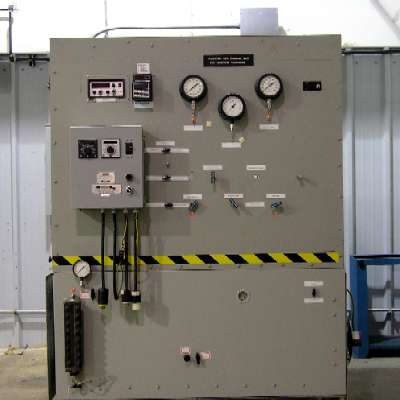
Dimethylether -to-Gasoline (DTG), Dimethylether-to-Olefins (DTO), and Dimethylether-to-Diesel (DTD) Conversion Process System. Both fixed-bed reactor and fluidized-bed catalytic reactors are installed. Inside DTG, DTO, and DTD process technologies were develped as our own patented technology of DME-to- Hydrocarbons.
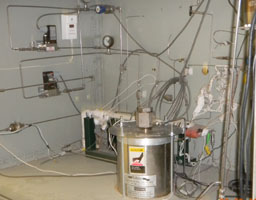
An inside view of the DME conversion system. The front, vertically mounted is a fluidized bed reactor, whereas the backside, horizontally mounted is a packed bed reactor. The typical catalyst used is a zeolite based catalyst. The system was used for our patented process technology of DME conversion.
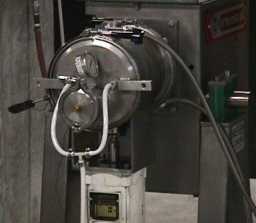
Process-All Reactor System that is used for polymer grafting using our own patented technology of Solid Phase Grafting Process. The maximum batch capacity of polymer is 1000 grams.
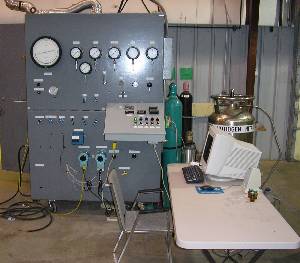
A very versatile Supercritical Fluid Technology System. The system has been utilized for powder coating materials development, polymer clay nanocomposites project, nanoclay modification, polymer grafting in supercritical fluid environment, supercritical PVDF polymerization, etc. Many of the patented process technologies by Lee’s Group have been developed using this process system. The system is completely peripheraled with feeding, reaction, separation, and analysis systems. The system is also implemented with a LabView based data acquisition and control system. The main reactor is a 300cc autoclave based system. The system is capable of virtually all common supercritical fluid systems.
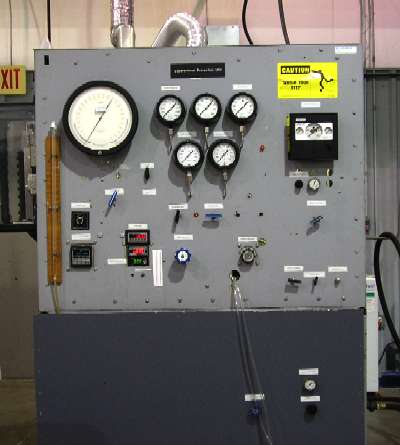 A Supercritical System that has binary and ternary fluid system capabilities. This is our oldest system which was originally built in 1983. The system has been very extensively used for Organodesulfurization of High Sulfur Eastern U.S. Coals, Devulcanization of Spent Tire Rubber, Selective Extraction of Biologically Active Medicinal Ingredients from Herbal Plants at Low Temperatures, Pretreatment of Clay, Zeolite, and other Natural Minerals, etc. The main reactor system is a 1000 cc autoclave based reactor. Up to three different co-solvent supercritical fluid systems can be handled very efficiently. The supercritical fluids used on this system include CO2, methanol, ethanol, acetone, propane, isopropyl alcohol, and secondary butanol, as a sinlge solvent and a mixture solvent.
A Supercritical System that has binary and ternary fluid system capabilities. This is our oldest system which was originally built in 1983. The system has been very extensively used for Organodesulfurization of High Sulfur Eastern U.S. Coals, Devulcanization of Spent Tire Rubber, Selective Extraction of Biologically Active Medicinal Ingredients from Herbal Plants at Low Temperatures, Pretreatment of Clay, Zeolite, and other Natural Minerals, etc. The main reactor system is a 1000 cc autoclave based reactor. Up to three different co-solvent supercritical fluid systems can be handled very efficiently. The supercritical fluids used on this system include CO2, methanol, ethanol, acetone, propane, isopropyl alcohol, and secondary butanol, as a sinlge solvent and a mixture solvent.
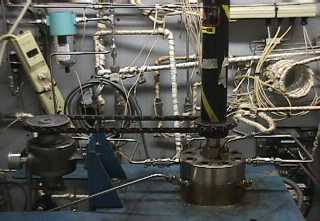
An inside view of the above system. The reactor shown is a 1000cc agitated autoclave based reactor.
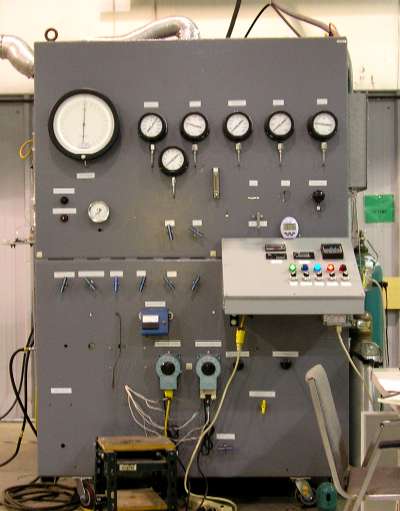
A different view of the supercritical reaction process system.
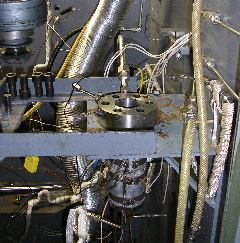
An internal view of the system around the reactor vessel. What is shown is a 300cc agitated autoclave reactor.
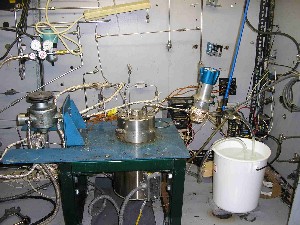
An internal view of the supercritical water oxidation minipilot plant system. The reactor shown on its own stand is a 1000 cc Hastelloy-C276 reactor specially designed for severe supercritical water oxidation (SWO) process technology investigation. Hastelloy C276 alloy has been known for its good resistance against chlorine pitting. The system was used for demonstration of our patented technology of waste polymer recovery via selective depolymerization (monomerization) using supercritical water partial oxidation (SWPO) process as well as detoxification of concentrated municipal sludge and various chlorinated solvent wastes.
- Lee and F. O. Azzam, “Oxidative Decoupling of Scrap Rubber”, U.S. Patent No. 5,516,952, May 14, 1996.
- Lee and M. A. Gencer, F. O. Azzam, and K. L. Fullerton, “Depolymerization Process”, U. S. Patent No. 5,386,055, January 31, 1995.
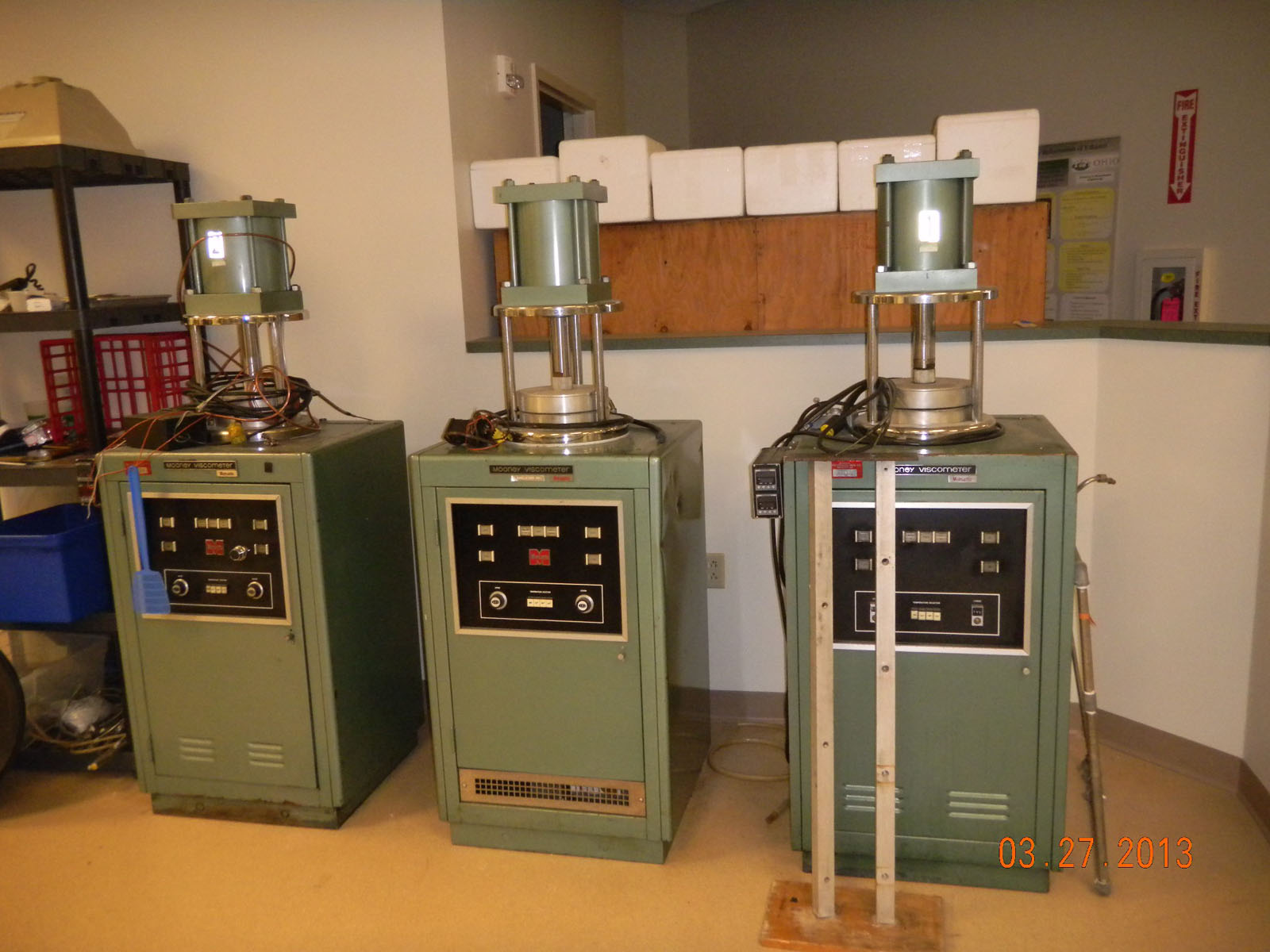
An array of Mooney Viscometer systems that are essential for testing of torsional resistances of rubber and rubber-like materials.
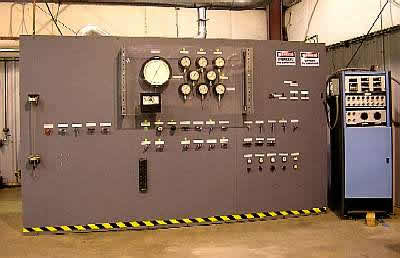 A Supercritical Water Oxidation Minipilot System. A LabView based data acquisition and control system is implemented. This system is built on a modular panel mounted plumbing concept. The panels can be easily disassembled or reassembled. A 1000cc specially designed Hastelloy-C276 alloy reactor is the heart of this minipilot system.
A Supercritical Water Oxidation Minipilot System. A LabView based data acquisition and control system is implemented. This system is built on a modular panel mounted plumbing concept. The panels can be easily disassembled or reassembled. A 1000cc specially designed Hastelloy-C276 alloy reactor is the heart of this minipilot system.
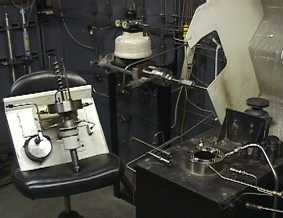
A view of the reactor top with a Magne-drive impeller installed.
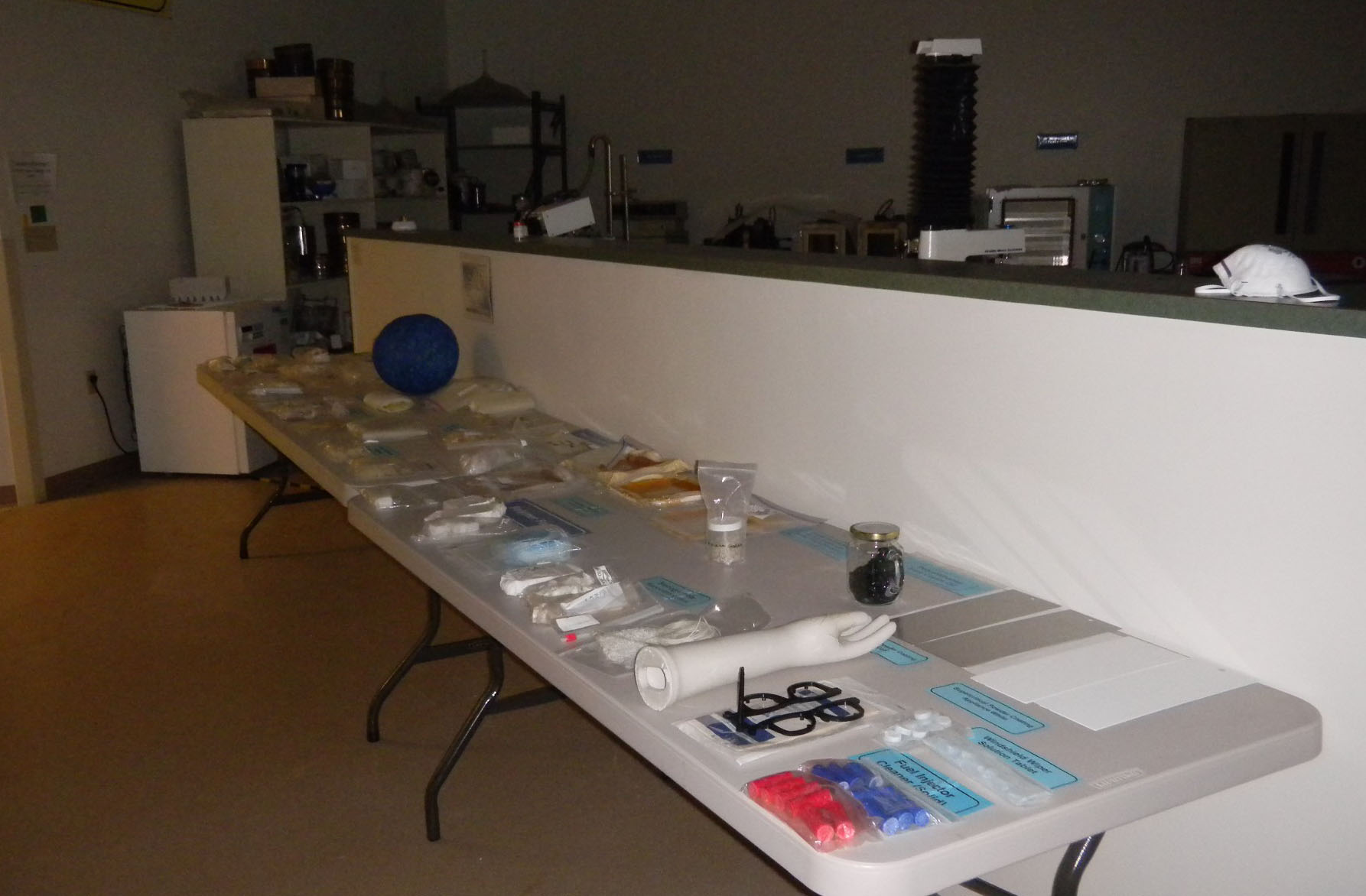
A display table showing some of our commercialized and soon-to-be commercialized samples and materials.
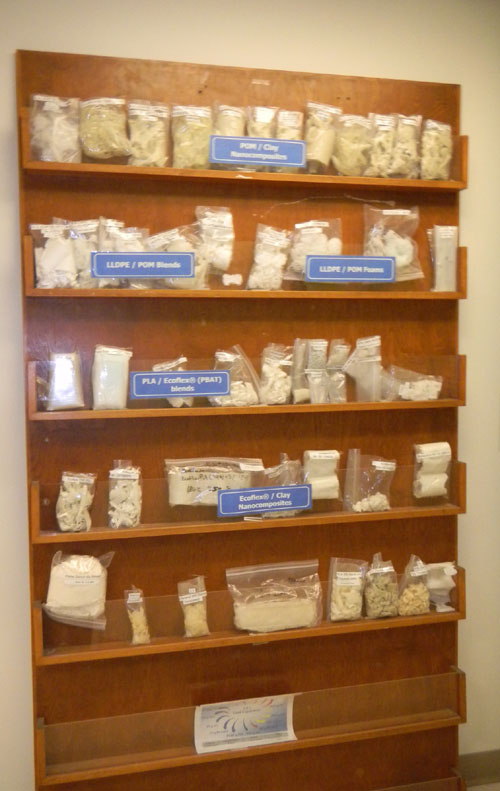
A display board which shows some of our recent polymeric materials, including compatibilized blends, nanocomposites, graft copolymers, specialty functional materials, etc.
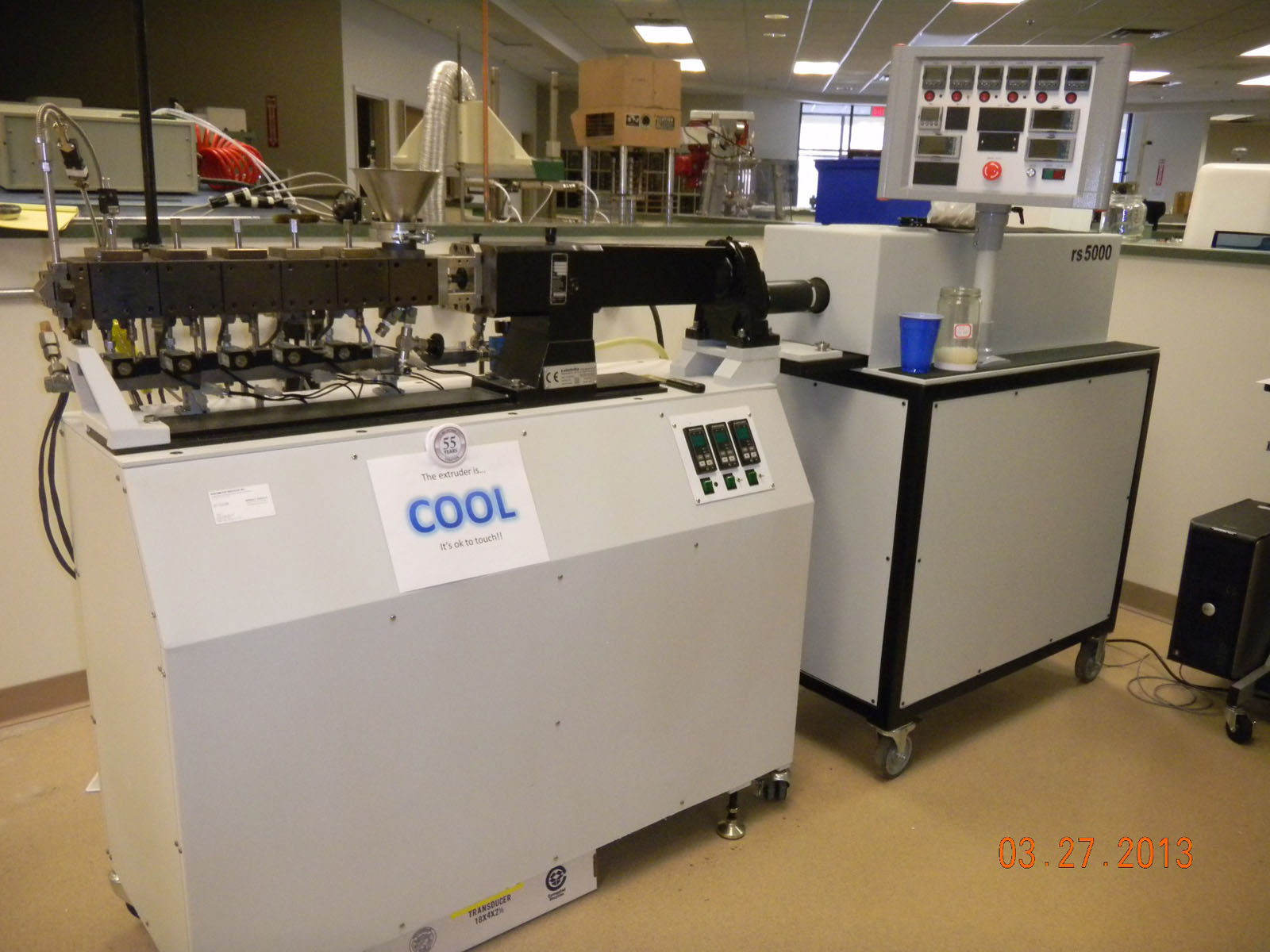
A Twin-screw Polymer Extrusion System, which is computer controlled. The sign “COOL” indicates that the system is currently not being heated up and safe to touch.
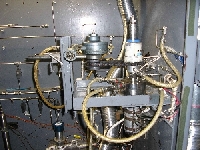
An inside view of supercritical fluid reactor system.
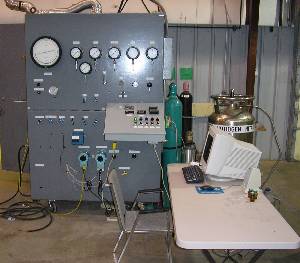
Another view of supercritical fluid technology system.
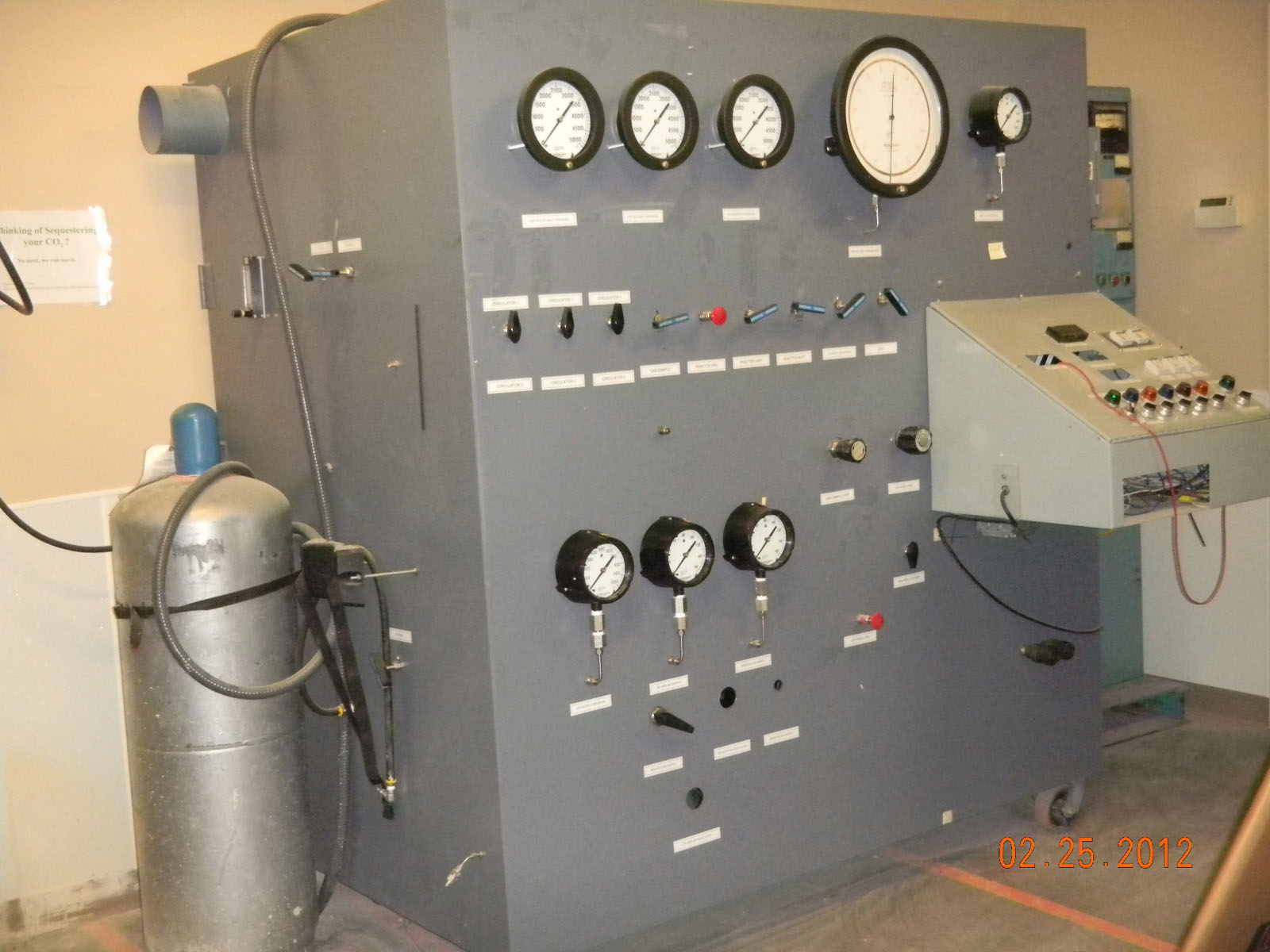
Another view of emulsion polymerization reactor system.
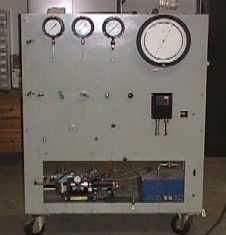
A Supercritical Polymer Grafting System. The system has been used for synthesis of graft copolymers that are difficult to synthesize using other grafting processes such as our own patented solid-phase grafting technology or the conventional solution-phase grafting technology. Our supercritical graft copolymerization process technology is patented and commercially used.
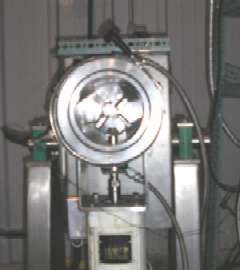
An inside view of Process-All reactor system. An ideal system for a small batch sample production of graft copolymer by the Solid Phase Graft Copolymerization Process,
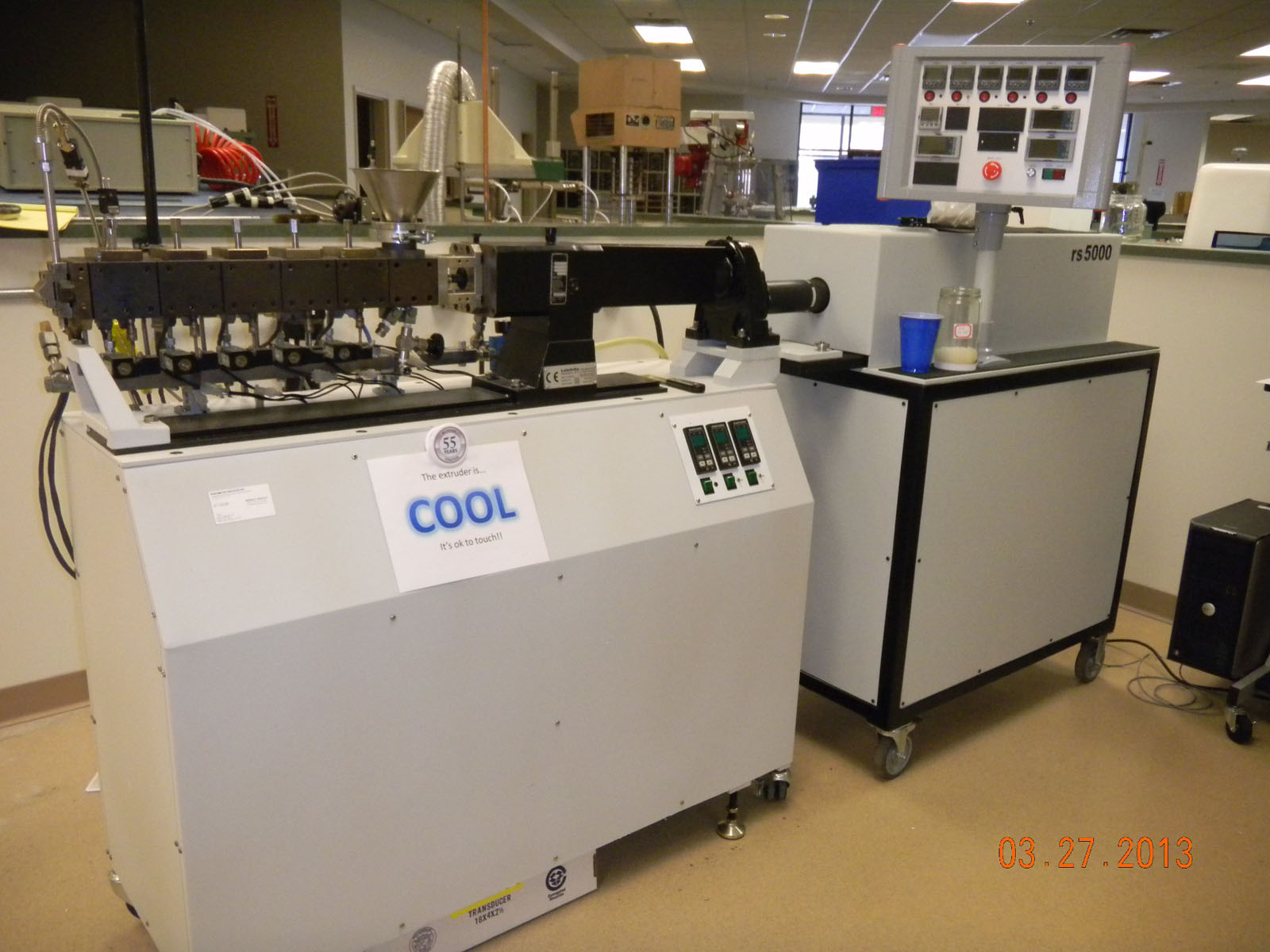
Another view of Twin Screw Extruder System. The extruder system is also equipped with a computer based control and data acquisition system.
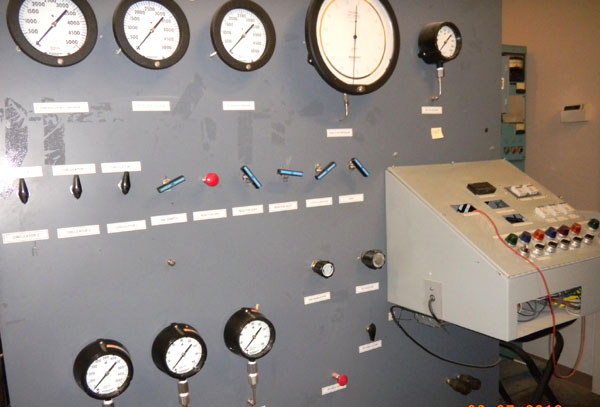
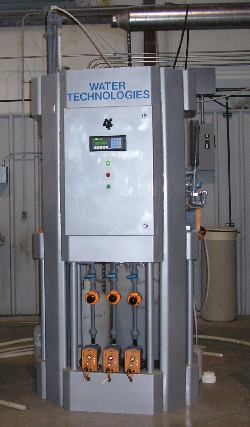
A Chlorine Dioxide Generator System. The chlorine dioxide (ClO2) process technology has been patented and commercialized. The system shown has a capacity 1.5 gallon per hour of 10,000 ppm pure chlorine dioxide aqueous solution that is very pure (only of pure chlorine dioxide) and free of any other form of chlorine species (such as free available chlorine [FAC], hypochlorite ion, chlorite ion, chloride ion, chlorate ion, etc.) The system shown is the same sized model of a commercial unit delivered to a National Park in the United States by Worrell Water Technology.
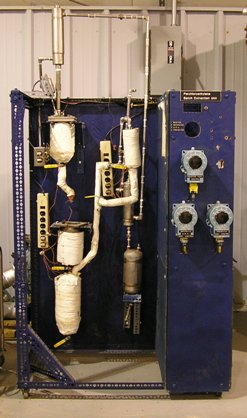
A Coal Organodesulfurization Process System Using Perchloroethylene (PCE). This process system is a part of the Coal Refining Process, originally developed by Henry Leehe. This process is based on the unique chemistry of organic coal sulfur in perchloroethylene and is the most unique pre-combustion coal cleaning process technology. Perchloroethylene used in this technology is fully recycled within the system and not emitted to the atmosphere.
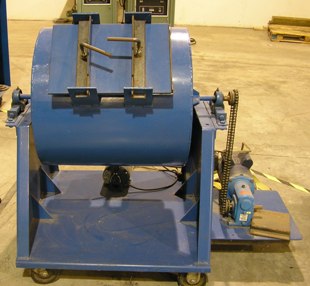
A coal slurry making system developed by Lee’s group; designed by Dr. Sunil Kesavan (back in the 80s, as a graduate student researcher). The system was used for preparation of permanently non-settling coal-water slurry of aviation fuel grade. The coal-water slurry of ultra premium quality is based on the original proprietary idea of Lee’s group.
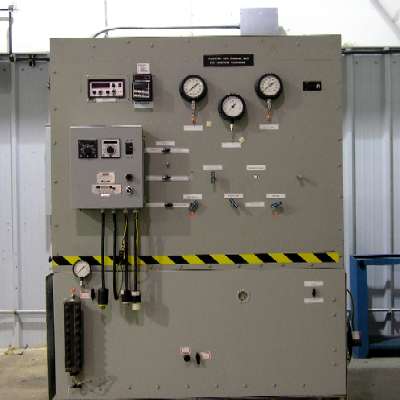
Another view of DME-to- Hydrocarbon conversion reactor system

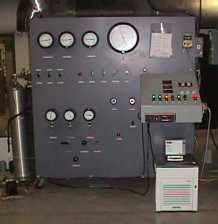
Another view of emulsion polymerization reactor system.
This system was used for VF2 polymerization to PVDF.
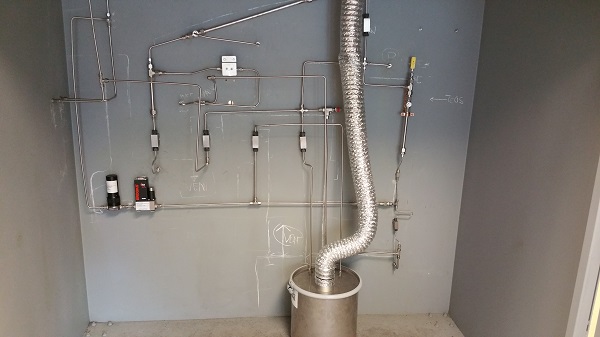
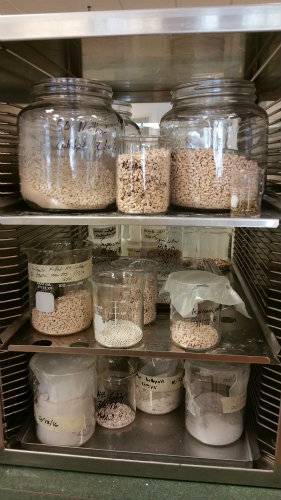
A catalyst Storage cabinet storing industrial and proprietary catalysts prepared in the ChemTech Innovators Lab.
The photograph shown is specifically for specially prepared pellet-type Halloysite based catalyst for PTMEG synthesis. The PTMEG synthesis technology and its catalyst formulation is a proprietary technology of Korea PTG Co. Lee’s R&D team was involved in a sponsored research project on mechanistic elucidation and enhancement of the Korea PTG’s catalytic PTMEG polymerization process.
PTMEG is polytetramethylene ether glycol.
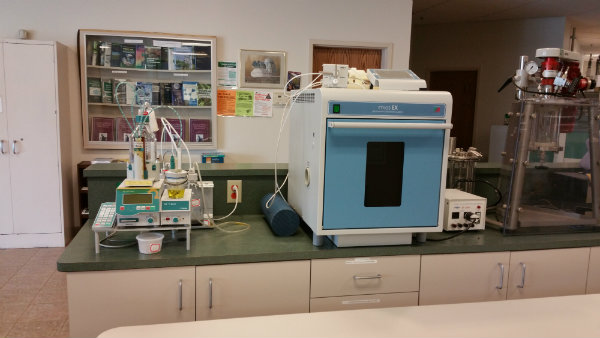
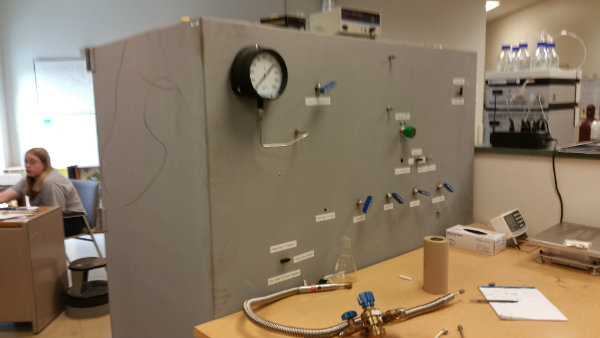
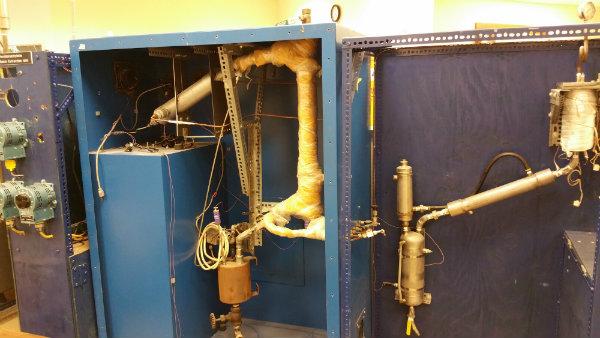
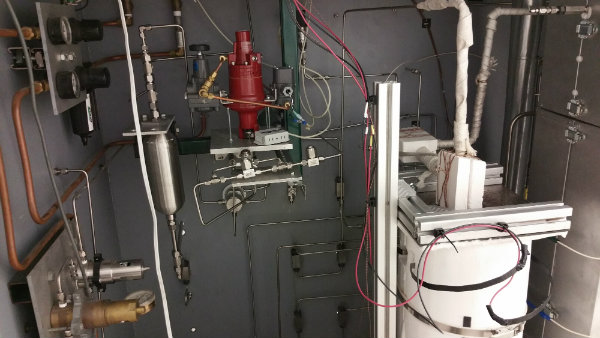


Carver bench-top press unit with molds (installed) is shown. This unit is an essential equipment for preparing polymeric test specimens for thermomechanical and rheological property measurement.



